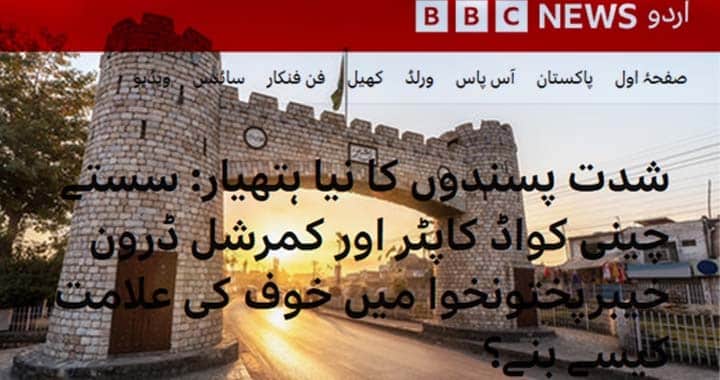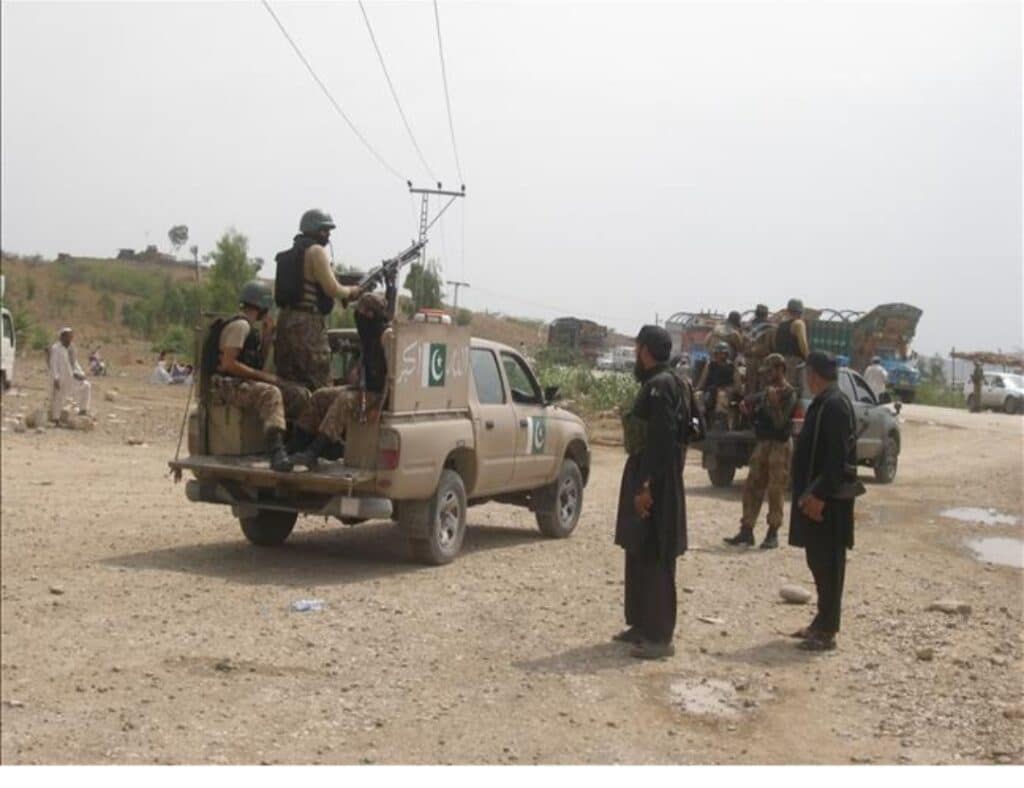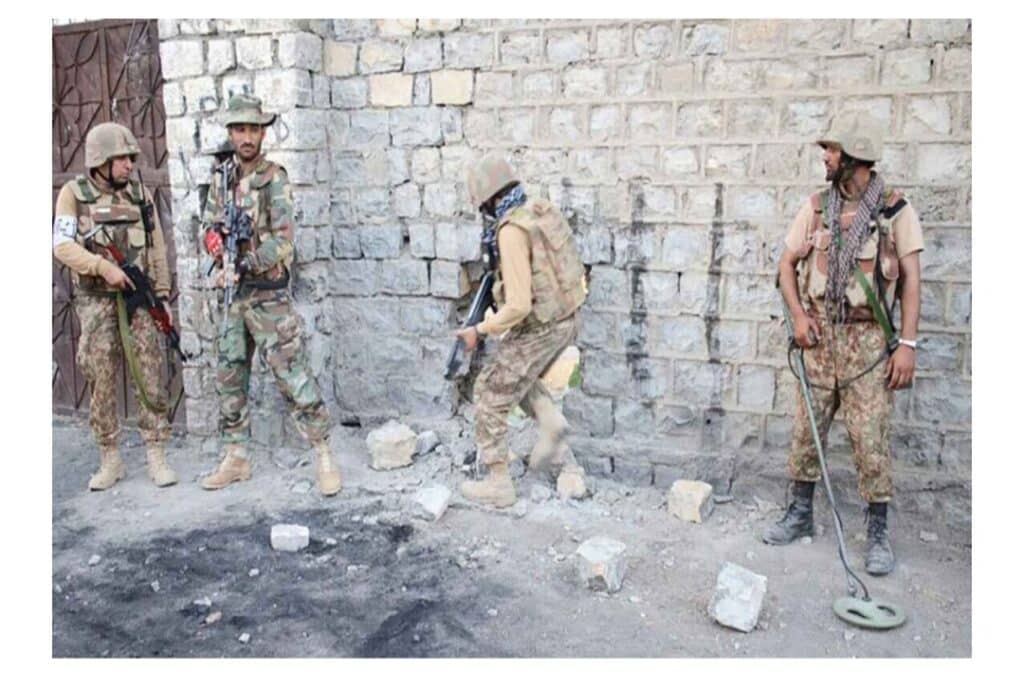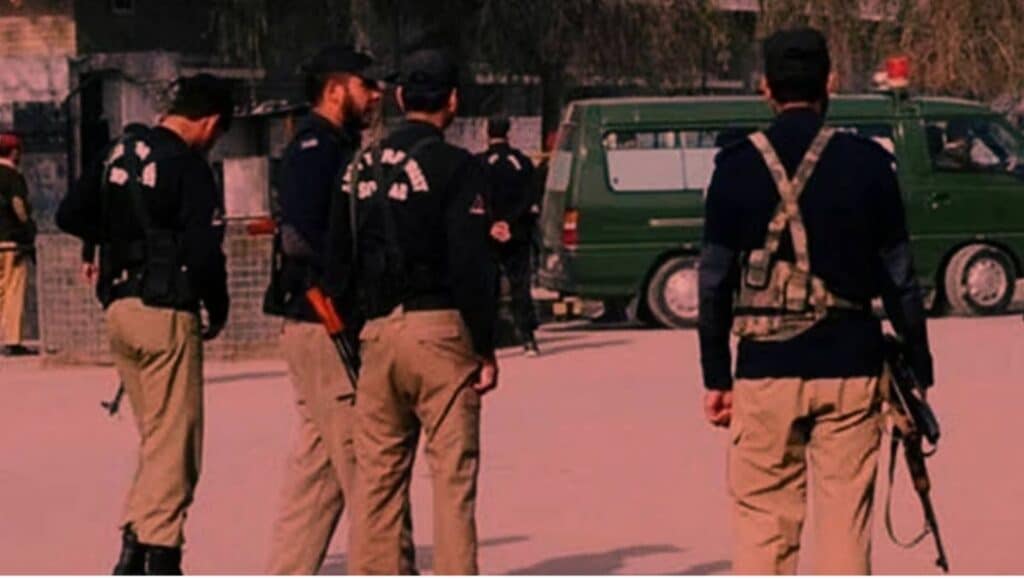A surge in drone and quad-copter attacks has intensified fears in Khyber Pakhtunkhwa’s former tribal districts, where incidents targeting civilians and security installations have left a trail of casualties, damage, and displacement. The growing trend has raised alarm over the evolving tactics of militant groups, who are increasingly deploying modified commercial devices for attacks.
One of the most harrowing incidents occurred in May this year in North Waziristan, where a drone strike on a family home claimed the lives of several children and left others, including women, critically injured. The incident sparked widespread protests in Mir Ali, with residents staging a sit-in for several days demanding justice and accountability. The demonstration concluded only after assurances from authorities that a full investigation was underway. Security officials later stated that initial inquiries indicated the attack had been orchestrated by militant elements with external backing, rather than by state forces.
Despite such assurances, drone-related incidents have persisted. Subsequent attacks in nearby villages left more children injured, including those playing in open fields, reinforcing the sense of insecurity among locals. Families from affected areas have begun relocating to other towns, fearing further strikes. Community members continue to report the frequent presence of drones or quad-copters overhead, questioning why authorities have been unable to eliminate the threat.
Law enforcement agencies in Bannu District have confirmed that police installations have repeatedly come under attack from quad-copters. In one station alone, more than a dozen strikes have been recorded in recent months, wounding multiple personnel and causing visible structural damage. Police officials disclosed that militants are primarily using commercially available quad-copters, retrofitted with improvised explosive devices such as modified containers filled with explosives.
Security forces have since installed anti-drone technology, deployed night-vision thermal equipment, and reinforced police posts and stations with concrete structures. Officials acknowledged that while such attacks are difficult to prevent entirely, several recent attempts have been successfully intercepted, and two militant quad-copters have been shot down in the region.
Investigations reveal that banned outfits have been releasing propaganda videos showcasing these attacks, often exaggerating their impact. Experts note that while most of the modified devices lack precision and frequently fail to detonate, the psychological effect on local populations has been profound, creating a climate of fear.
Analysts point out that the use of commercial quad-copters for militancy first surfaced in North Waziristan in early 2024, but groups initially refrained from openly claiming responsibility. By April 2025, however, factions began publicly acknowledging such operations, releasing video footage through their propaganda channels. This shift has been interpreted as an attempt to project technological innovation and operational strength.
Security forces, meanwhile, have also employed drones in their counter-terrorism operations, with footage of successful strikes circulated through official outlets. Observers warn that the parallel use of such technology by both state and non-state actors underscores a new and complex phase in the conflict across Pakistan’s northwest.





